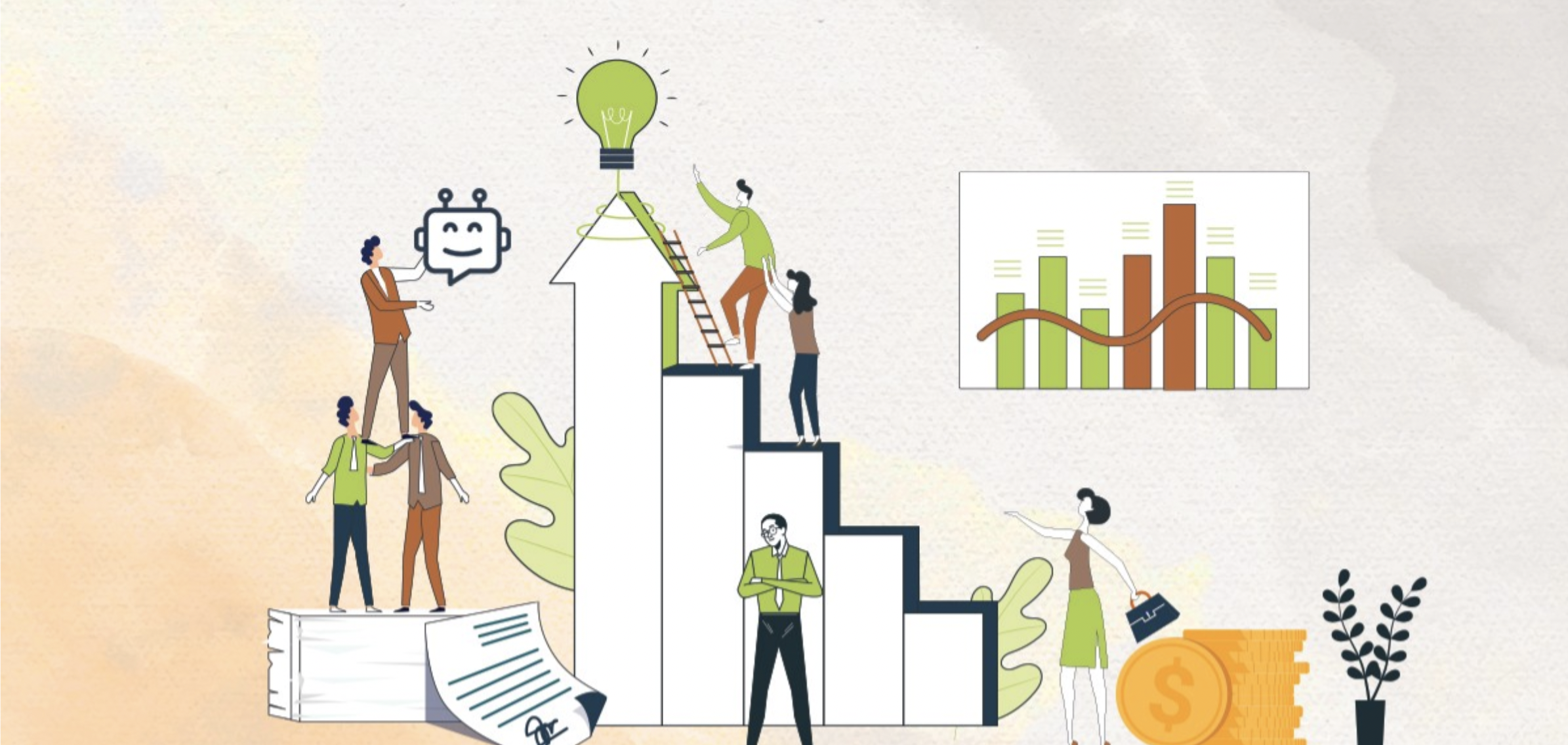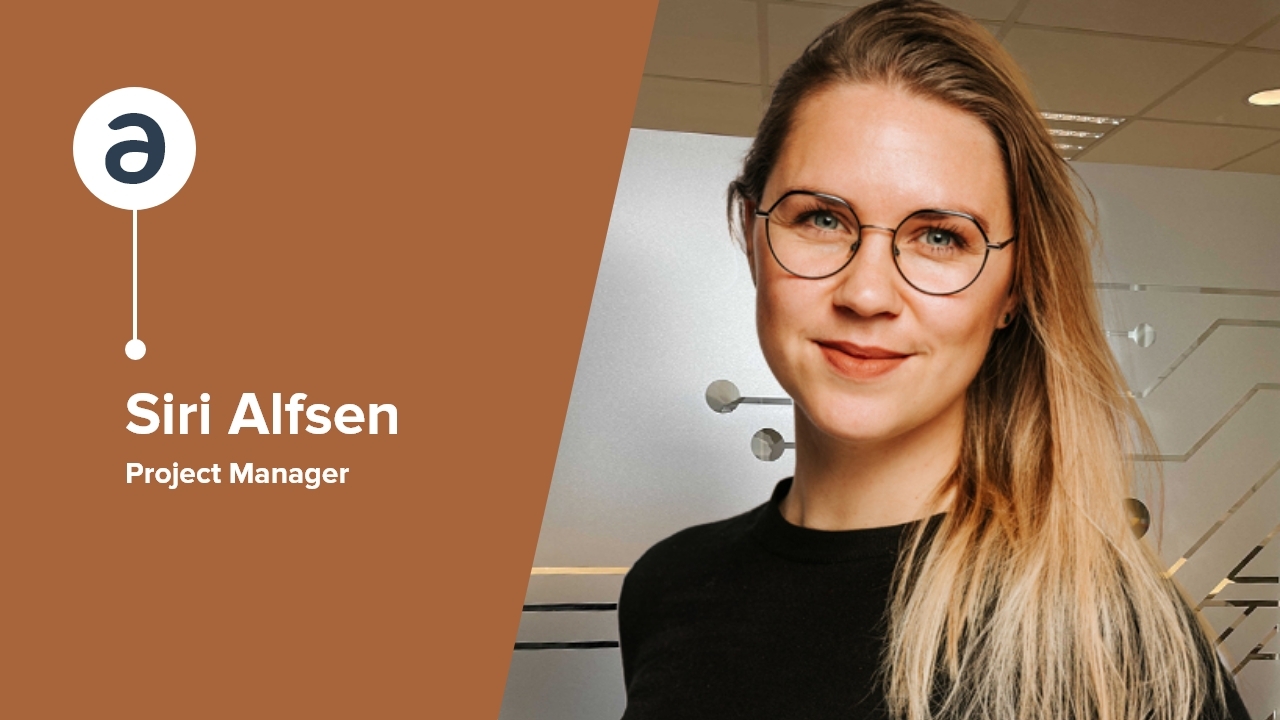What is the cost of development of an application, whether it is on the web, or an app, or both? Perhaps this is one of the first questions that enterprises and developers ask when they wish to launch a solution. Development costs vary with what sits at the very bottom of the solution. Quite often, the conundrum enterprises wrestle with when it comes to price is this:how much does it cost to develop a solution for my business by hiring a professional, versus how much does it cost to develop the solution in-house?
Both approaches have their pros and cons. To shed some light on how each impacts an app development cost, let’s review both.
The advantage of hiring a professional is that, after a number of years in the market, a development company accumulates extensive experience in development for multiple platforms, when projects can be quite complicated, involving blockchain, AI, ML, IoT, and other advanced tech. Being smart, they learn from mistakes that occur on app projects, and so working with such a team would protect you from repeating the same mistakes. A website or an app development is a multi-step process that involves careful planning with a proper timeline – again, based on a previous experience.
If you choose the path of creating a solution in-house, you can certainly decrease an app development cost, at least initially. However, over time, going through multiple bug fixes caused by lack of experience, you can actually catch up with a price tag you would get from an app development company, should you decide to hire one.
Fixed price vs flexible
Another decision that affects the development costs is the billing model. Usually, you have to choose between fixed and flexible price (time and materials). Even though the fixed price model may look attractive, don’t be lured in without taking the time to look at your options.
Application development isn’t a standard process. You can discuss the desired outcome with your technical team, but it’s impossible to predict all the bottlenecks that will arise.
Fixed cost is attractive but may neglect many issues
When planning application development, you’d like to know the exact cost for your end product. So you negotiate it with your tech development team and the work begins. Suddenly, there’s an issue. You expect your developers to solve it properly, but doing so may take a few days. These additional hours means additional development cost which couldn’t be calculated in the initial stages.
Also, developers may tend to overlook certain issues, as it may lead to additional cost and time.
The fixed price model is an option for small projects with clearly defined requirements that aren’t likely to change. If you choose the fixed price model, you’ll have to plan development in advance and strictly adhere to the plan.
Flexible development cost
If the quality of the end product is your highest priority, then you’ll have to pay directly for the time and resources spent to create it. Sometimes, the price tag turns out to be higher than expected, but you can be sure the result is worth it.
Moreover, you’ll experience certain flexibility. With large applications, it’s hard to define all the requirements in advance. Such projects are usually built according to an agile methodology, working in short sprints. An agile approach enables you to react to market changes in a timely manner.
Got an idea for a killer new feature? With time and materials, your team can start implementing it right in the middle of development. How much you pay depends solely on the amount of time and material required to develop your product.
How to determine the actual price for development?
If you want a more accurate development estimate, why don’t we get in touch. We will evaluate your project idea in detail and help you reach an accurate estimate.
10 hidden app development cost drivers
Below is a list of elements that have some of the biggest influence on app cost:
1. App infrastructure services (servers, hosting, domains)
2. Assembling the app architecture: monolithic vs. microservices architecture (the latter uses more technical resources, but is also more efficient in the long run)
3. Databases used for data storage (user data, photo and video content, etc.)
4. Assembling back-end infrastructure (especially for further app scalability)
5. API and third-party service integration (e.g. payments, maps, analytics, etc.)
6. App administration (complex web portals or CMS for app management)
7. Development tools and libraries used
8. Data encryption to transfer data
9. Regular app updates and bug fixes
10. Video or audio streaming functionality
Please also take into account: Software development vendors estimate the current costs to build an app, which exclude support and app maintenance costs.
If you are planning to build a great app product, you should consider the ongoing app development cost you will have to handle.
The cost to maintain and support an app is considerably higher than the budget spent on original app development.
How much time does it take to develop an application?
If you plan to build an app of medium complexity, the timeline to implement your application can take from 6 to 9 months. In general, the timeline to build an app varies anywhere from 1 to 9+ months. It depends on multiple factors including a number of features and their complexity, uniqueness of the design, usage of third-party services, and so on.
How to choose a reliable app development company that will become my tech partner?
The initial step is to study the shortlisted IT partners by checking information like portfolio, experience, industry focus, tech specialisation, client testimonials, etc. Further, when communicating with potential teams, you need to consider factors like the estimated project duration and required budget, documentation, software development tools, the number of developers assigned to the project, and so on.

.jpg)


